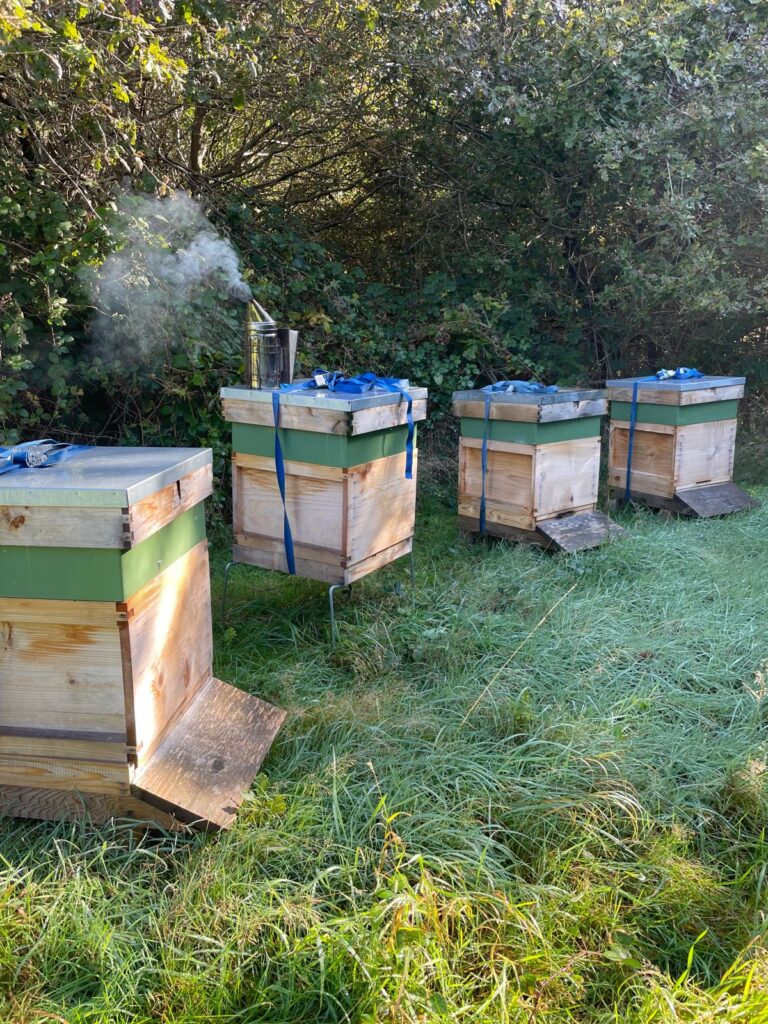About once a week, I receive an email from someone complaining about the quality of Highgate Fayre honey. I always have to gently explain that Highgate Fayre has nothing to do with us – it’s a completely different product from Highgate Honey.
So what is Highgate Fayre?
Highgate Fayre is the brand name the supermarket Lidl uses for a range of condiments, including several types of honey. Their honey is sold in glass jars or plastic squeezy bottles, and according to the label, it is a blend of honeys from various countries.
Highgate Honey, on the other hand, is produced locally here in London. We harvest it ourselves from our own hives, and never blend honeys from different hives or locations. Each jar is unique and reflects the season, location, and forage of the bees.
Key Differences
Origin: Lidl’s honey is blended from international sources. Ours is produced exclusively in London.
Batch size: Lidl produces at industrial scale. We jar in small batches of around 50 jars.
Packaging: Lidl uses standard round jars or plastic bottles. We use hexagonal glass jars with kraft paper labels.
Blending: Lidl blends for consistency. We keep each hive’s honey separate to preserve its unique character.
Availability: Lidl is stocked nationwide. We only sell direct, not through supermarkets.
Flavour: Lidl’s honey is uniform. Ours changes throughout the season and varies from hive to hive.
Traceability: Lidl does not trace to source. We can trace each jar back to the hive and location.
Why the difference in price?
At first glance, the supermarket honey seems like a bargain, currently at £2.29 for 340g – but the lower price comes with hidden costs:
- Lidl’s honey is a mass-produced blend from unnamed international sources. It’s processed for consistency, not character.
- Highgate Honey is:
- Unblended and unheated
- Harvested from London hives, just a few miles from our home
- Extracted and Jarred in small batches by hand
- Unique in taste, colour, and aroma
- Ethically produced with bee welfare as a priority
You’re not just buying honey – you’re supporting local biodiversity, sustainable beekeeping, and a transparent food system.
In fact, more than 90% of jars of imported honey stocked in large shops tested in the UK in 2024 were found to be adulterated – often with cheap syrups or undeclared ingredients.
In summary
So next time you’re choosing honey, ask yourself: do you want a faceless blend from thousands of miles away, or a jar that tells the story of a single hive, a single place, and a single season?
At Highgate Honey, every jar is a celebration of London’s natural landscape — crafted with care, never blended, and utterly authentic. It might cost more, but it’s a completely different product, worth every spoonful. You can pick up a jar here















